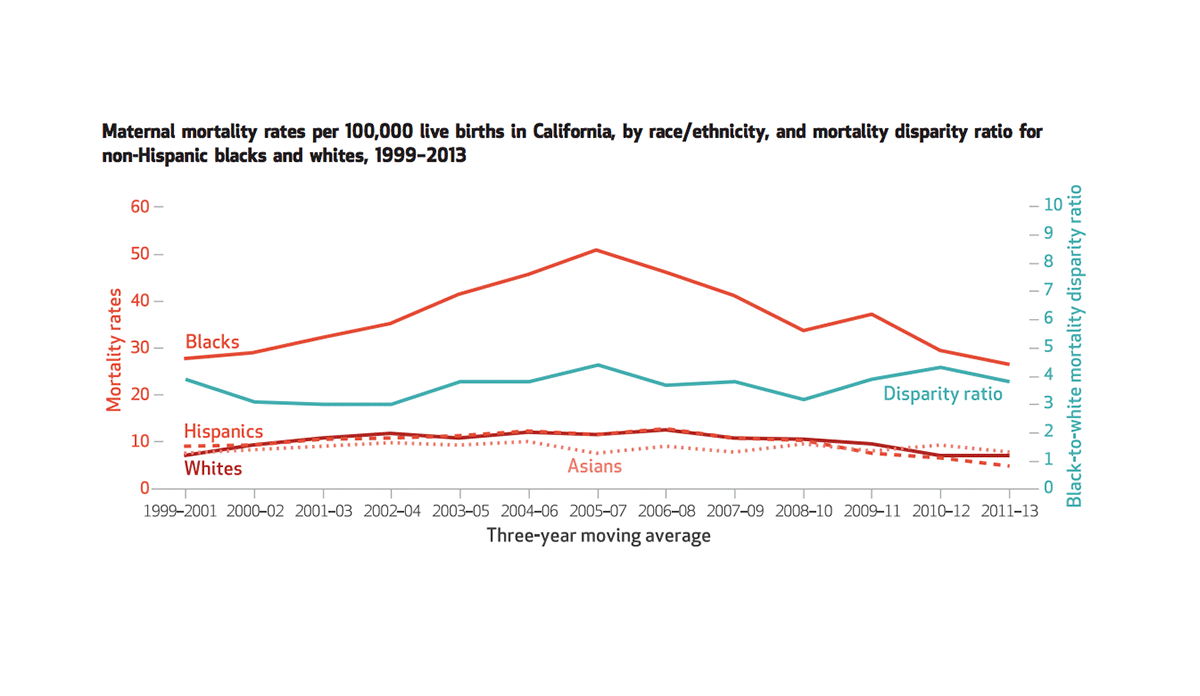California’s success in preventing maternal mortality is often cited as an example of how other states can improve maternal care. A recent study by Elliott Main and colleagues describes the key steps California took to reduce maternal mortality.
First, California identified preventable and common causes. The state then gathered private and public partners to improve care by focusing on quality improvement initiatives and specific funding opportunities. Partners included the American College of Obstetricians and Gynecologists, the California Nurse-Midwives Association, and California Hospital Association.
A “low-burden, rapid-cycle data system” was then created so progress could be tracked. The final step included designing and implementing interventions such as quality improvement toolkits that targeted obstetric hemorrhage and preeclampsia. Learning collaboratives allowed staff from participating hospitals to share knowledge and receive training in implementing the toolkits. Three quarters of the hospitals in California participated in the learning groups.
Despite California’s success at cutting the state’s overall maternal mortality rate in half between 2005 (from 13.1 per 100,000 to 7.0 in 2013), racial disparities persist. The graph above shows maternal mortality by race. The red lines represent the number of maternal deaths per 100,000 live births. Black women die from pregnancy-related causes three to four times more frequently than white women.
Databyte via Elliott K. Main, Cathie Markow, and Jeff Gould, Addressing Maternal Mortality And Morbidity In California Through Public-Private Partnerships. Health Affairs.













